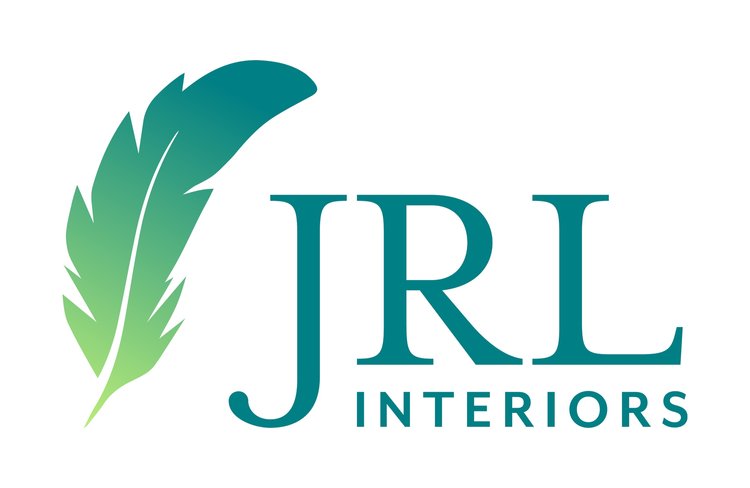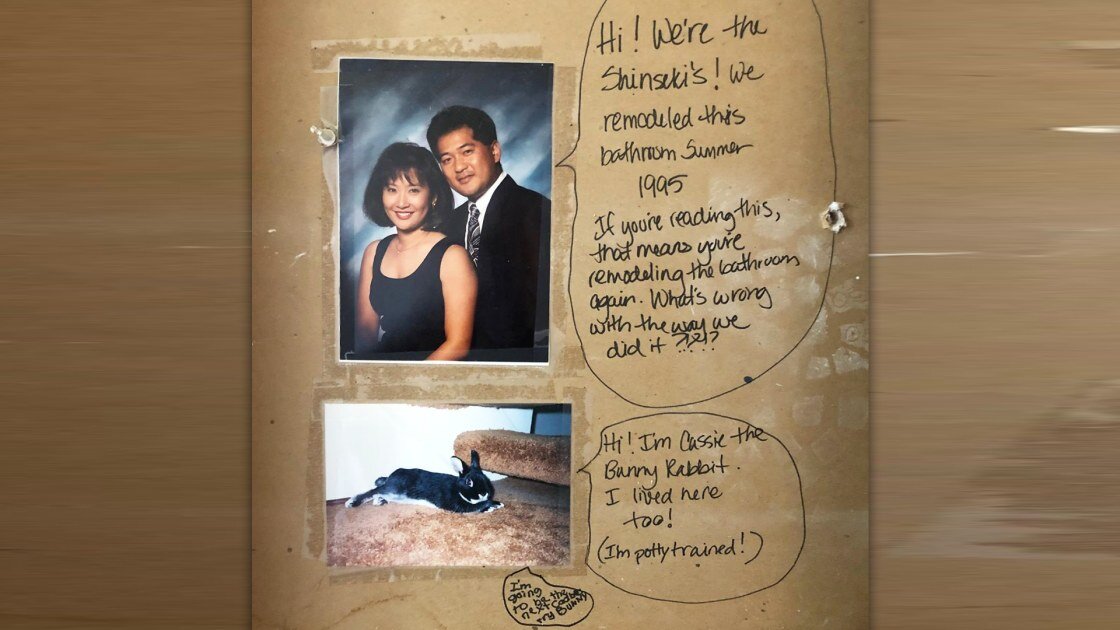Designing a room involves several steps and they must be done in order - Step one is defining the goals and inspiration for the room, step two is creating a plan, and steps three and four are defining the ingredients and creating a way to communicate exactly what you want very clearly to any artisans and tradespeople. Once all that is done it is FINALLY time to start buying things…yay!
The last steps of the design process are procurement and installation.
Procurement
If your project is a renovation of a space like a kitchen or bathroom, we HIGHLY recommend you order and receive all the pieces before you swing the first sledgehammer for demo. Nothing is worse than a demoed space with the project stalled because the tradespeople are waiting on product to proceed. With the current delays in getting products, you could be without a functional kitchen or bath for months.
And by receive, I mean open and check all the boxes to make sure the items are correct, undamaged, and everything is accounted for!
You never know WHAT you are going to find once you start opening up walls! This time capsule was found by the new owners 23 years later. Image via Today.com
If we are overseeing your renovation, we’ll check in with the contractor and tradespeople regularly to communicate the design, answer any questions, check that installation is being done to specification, and advise on the best ways to pivot and still maintain the integrity of the design when the unexpected surprise turns up during demolition…those surprises are why we always recommend planning for a contingency fund of 15%-20% of your renovation budget…ANYTHING might be lurking behind those walls and under the floorboards!
Bathroom demolition in progress #bathroomremodeling
Designers use the term procurement for the purchasing phase because we are busy working behind the scenes communicating frequently with the myriad of vendors and artisans that go into creating your unique pieces and expediting and tracking all orders.
Custom draperies might have one order for hardware, another for fabric, another for trim or any embellishments, possibly another for any special lining and interlining, and then the order for the fabrication explaining the design to the workroom that will make it.
For custom soft goods (by which we mean fabric window treatments, pillows, or bedding) or upholstery we always get what is called a cutting for approval (CFA) from the vendor, which is a cut from the bolt of fabric or trim we are buying so we can check that the CFA matches what we ordered and that the dye lot is right, then we approve the order to ship to our workrooms.
We then follow up with the workrooms to make certain the fabric arrived (and that it is the right fabric…seriously…I have had the wrong fabric arrive and fortunately caught it before it was cut and made into a slipcover!)
And we make sure the work orders have the correct fabric swatches so everyone is clear on exactly how each piece is destined to be used. We check in regularly to monitor progress, and start the process of scheduling pick up or shipping of the completed item.
Window Treatments awaiting installation day
For custom rugs or custom created textiles, we might request a strike off - which is a small sample for approval before the whole piece is created - this is invaluable insurance to make sure the colors and design are what we expect.
If there is custom cabinetry or case goods (wood furniture) being created, we’ll review the shop drawings to tweak the design to be sure it is just right before production is underway.
If questions arise we conference with artisans to solve any dilemmas and check on progress. There are dozens of steps to the ordering process for any custom piece. Especially now when delays mean checking weekly to see if there are shipping updates or cancellations.
This well made vintage sectional got a whole new lease on life! Recovered in a performance fabric with redesigned lines, this sectional will be the perfect centerpiece to a modern beach house living room
We schedule the items to be delivered to a receiving warehouse, inspect the products, deal with any damages or incorrect orders, and get everything ready and scheduled for installation.
Installation
The final step in the process is installation. Some clients wish to receive items as they come in, and others prefer to have them all installed at once for a big TV-style reveal!
It takes a whole team for installation. We need the delivery company, the window treatment and art installer, any trades like electricians, plumbers, painters, wallpaper hangers, or finish carpenters, and, of course, a team to orchestrate the installation and style the space.
For our installations we will schedule the various deliveries and installers and oversee the placement of everything. We’ll make sure the furniture and rugs are where intended, the lighting is hung at the right height and location, and the window treatments are installed to specifications. We’ll style the shelves, mantels and tabletops. We’ll hang art, mirrors, and pictures, and arrange accessories, pillows, and throws for all the details that take a room to the final level of finished.
We will use a blend of your treasures along with any new purchases needed to fully style the space. And then it is time to
CELEBRATE YOUR WONDERFUL NEW SPACE!
Sunroom seating area | JRL Interiors, Acton, MA | photo by Eric Roth
Your new space is ready for its close up! Depending on the project, we may take photos the day of the installation, or schedule a time to come back with a professional photographer for a photo shoot.
Photo Shoot Day
When we schedule a professional photo shoot, we send our clients a document about what to expect and how best to prepare. A professional photo shoot is a lengthy and somewhat disruptive process.
Great interiors photographers are artists in their own right. What looks magazine-worthy in real life, rarely translates into a magazine photo without some changes.
Furniture is shifted and accessories are swapped and moved as we create and compose the 2D images in the camera that will tell the story of the space. This is not because the space is not already perfect, but because the camera lens sees the room differently than you experience the space three-dimensionally.
We edited furnishings and added table styling to arrive at the final shot for this gorgeous sunroom space. Design JRL Interiors, Acton, MA | Photo Eric Roth
We arrive for the shoot with a carload of accessories and styling props to try out in the images. We bring flowers, plants, food, dishes, books, accessories, and sometimes even small furnishings or appliances to style different photos.
Some designers hire a photo-stylist for the shoot. I really enjoy doing photo-styling and love the collaboration with a photographer to get the perfect shots that communicate the mood of the room.
Photographer Emily O’Brien getting the perfect shot
Once the photographer leaves and we’ve reset the room, we wait on pins and needles for a couple of weeks for the images to arrive. During that time the photographer is editing the images to capture exactly the right mood. We can’t wait to see the finished images and share the excitement of a new space with our readers!
Redesigning a room is a bit addictive - once you are enjoying your fabulous new space and realize how much it has enhanced the way you live, it’s time to start dreaming about the possibilities for the next project!










